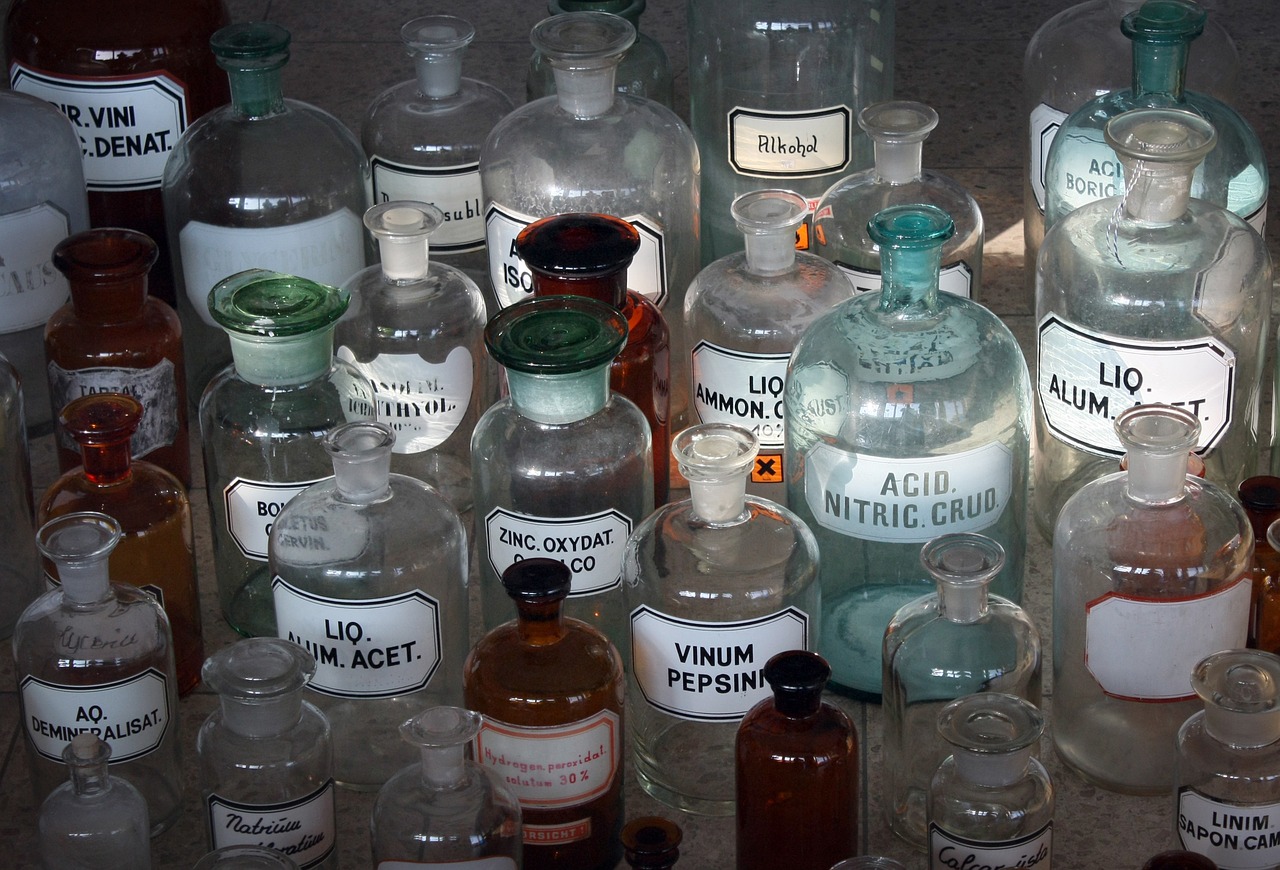Where do the active ingredients in my patches come from?
We source the active ingredients in your patches from all over the world. If you have a preference for a particular location or type of active ingredient, just let us know! When you complete your order, you can ask us to send you the certificate of analysis (CoA) on your active ingredients and/or their MSDS sheets. We acquire those from the manufacturers when we place our orders.
Can I send you my ingredient(s) to incorporate into the patches you manufacture for me?
You are welcome to source your own active ingredients and send them to us. This may require R&D on our part, as not every form of active ingredient is appropriate for use in a topical patch. When asking for a quote, please send us the CoA of the ingredients you’d like to use.
Why do you use the term, “active ingredients”?
We usually use a proprietary blend of excipients and permeation enhancers on all our patches and, in the case of our monolithic patches, the adhesive is mixed with the active ingredients directly. None of these ingredients are “active” and none of these are usually part of the formulation conversation that we have with our clients. (Of course there are always exceptions! Some of our customers prefer to specify everything used, and that is a service we provide).
I’d like my product to be vegan. Is this possible?
Usually.
I’d like my product to be GMO-free and organic. Can you do that?
Organic can be a bit difficult, as many of the components of the patches are chemically derived or processed. However, we can generally find GMO-free sources for most other ingredients. Please ask about specific ingredients and we’ll look them up for you. Also, we are in negotiations with an all-natural excipient provider, which will give our customers a range of improved options.
Can my patches be breathable and biodegradable?
No. An occlusive barrier, which is necessary to the proper function of a patch, precludes the ability of a patch to breathe. Therefore patches cannot be made of biodegradable ingredients. This is one of the places that you need to use a synthetic component.
What active ingredients can be used in a topical patch?
A topical patch can contain many different types of active ingredients. However, a topical patch is not the same thing as an oral supplement, and not everything that can be successfully absorbed through digestion will absorb through the skin. For new customers to patch manufacturing, this can be extremely confusing!
If you need help with formulation, please ask us about this service. Our team has decades of experience with topical and transdermal patches, and we take pride in manufacturing products that give full satisfaction. We can work with any level of requirement from, “I want to make a patch that serves this function” all the way to “I know which ingredients I want to use, but want to double check them or get advice on how many milligrams to put in my patch”.
Examples:
There are many factors that go into “what will and what will not go through the skin?” There’s molecular size, molecular gravity, and a host of other issues. For instance, we’re often asked to produce patches containing caffeine. Coffee-derived caffeine doesn’t work in a patch, but caffeine derived from green tea or guarana does.
Another example that comes up often is minerals. In standard topical patch manufacture, minerals will not penetrate the dermis. This is very confusing for our customers, because we know that some minerals can be aborbed after diluting them with water. Yes, you’re getting magnesium from your Epsom salts bath. No, an electrolyte patch wouldn’t be an effective product to manufacture. The minerals involved don’t absorb when they’re mixed with emollient (pad-patch style) or adhesive (monolithic patch style). (There is a new type of transdermal patch in clinical trials that offers some promise in the delivery of iron, but that uses electricity to overcome the body’s ionic resistance. This gives you some idea of the challenges that must be surmounted in order to force minerals through the skin).
Recommendations:
We strongly recommend the use of no more than four active ingredients per patch. Our experts have found that more than four ingredients at a time can compete for the opportunity to absorb, which becomes counterproductive. Topical absorption is much more efficient than oral supplementation – a little goes a long way.
We know that there are competitors on the market offering multivitamin patches – we are skeptical of the effectiveness of these products. We urge our customers to do the math – if the number of milligrams per patch is greater than the weight of the patch itself, how is that possible?
Another consideration is that one must assume that everything that is put into a topical patch might enter the bloodstream. Putting synthetic fragrance into a patch is a terrible idea. If you wouldn’t eat it, don’t ask us to put it in a patch! Sometimes natural active ingredients have a color or odor. That’s part of the ingredient. Covering it up or doing without that factor can change the function of your patch.
Formulating a topical patch that serves your purposes can be complicated. If you need help, ask us! We are more than happy to help you through the maze of ingredients that can be used in topical patch applications. We can also arrange formulation services to create a patch made to meet your customers’ needs.
